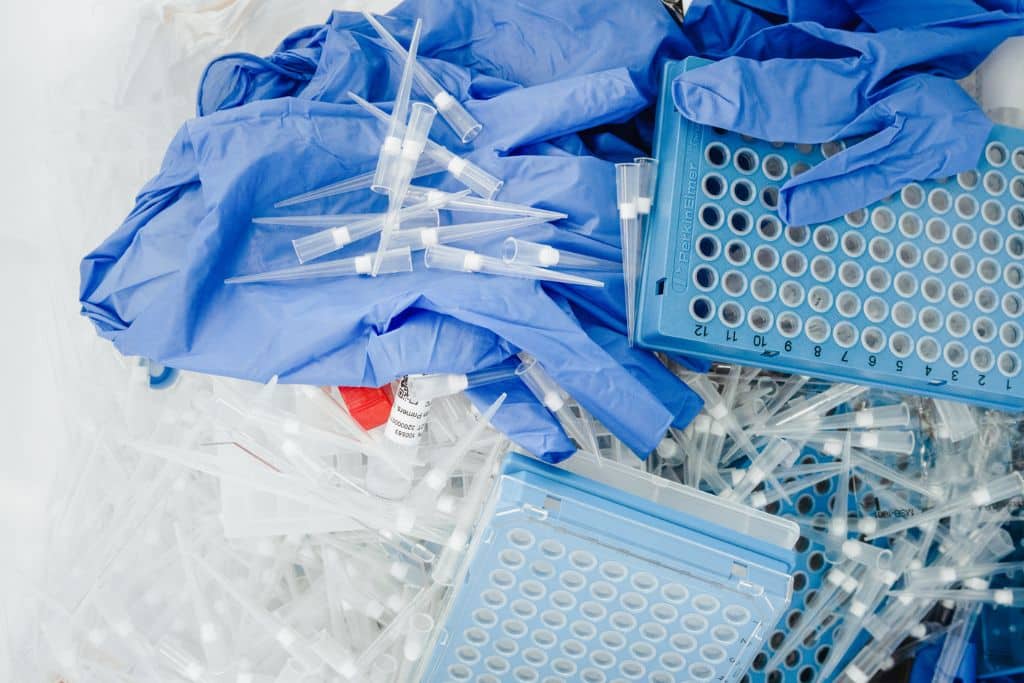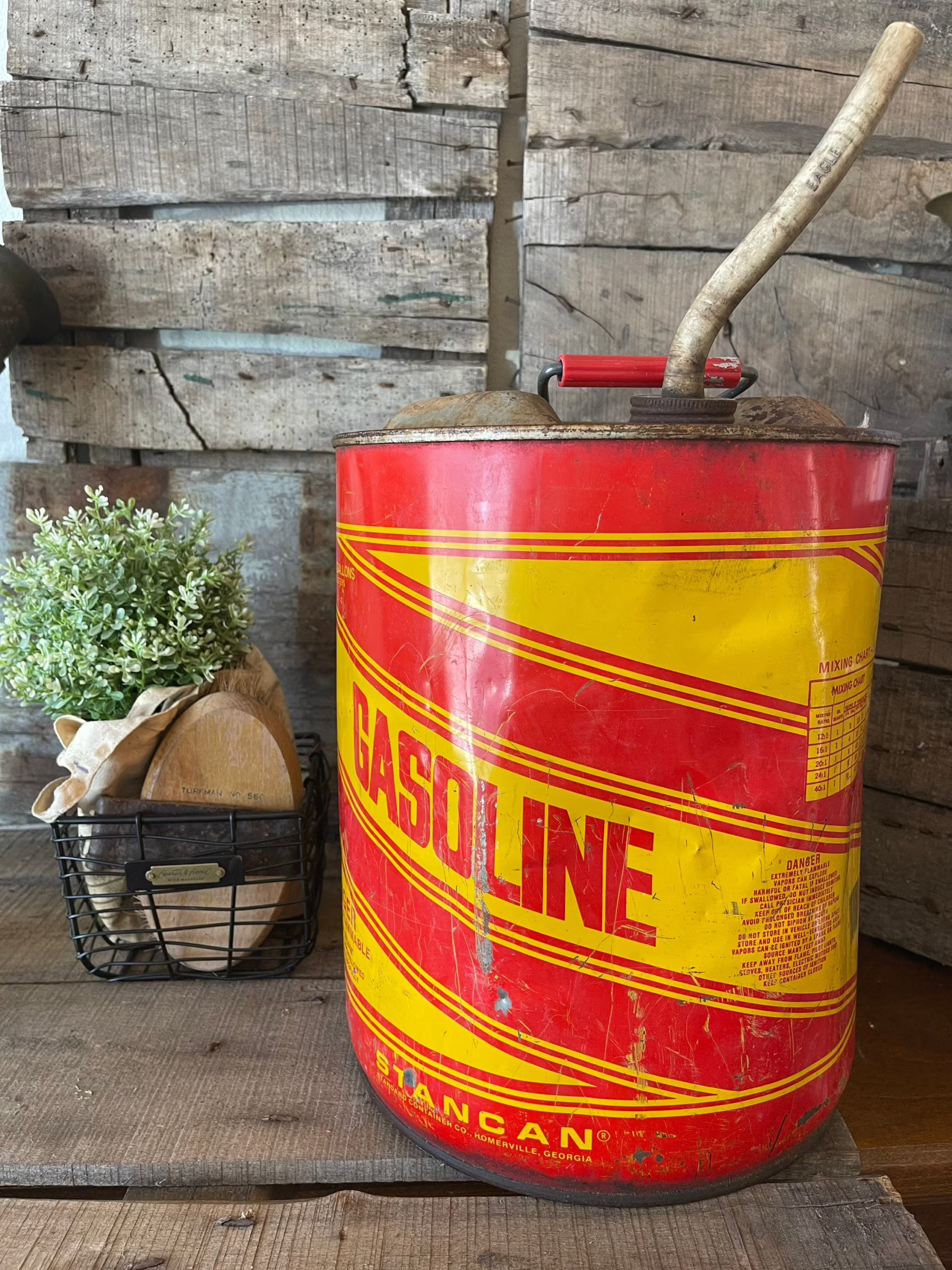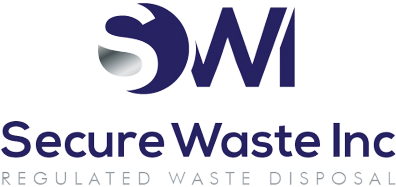Unlocking the Advantages of Effective Medical Waste Segregation
Proper segregation is key to managing medical waste. It promotes a safer environment for healthcare workers and patients and enhances efficiency in waste disposal processes.
By separating waste types correctly, we can reduce contamination risks, minimize environmental impact, and even cut costs associated with waste management. Join the movement towards cleaner and safer healthcare practices by embracing the benefits of proper medical waste segregation!
Secure Waste emphasizes that healthcare providers and administrators recognize the importance of fostering a safe care environment as a foundational element for building healthier communities.
Effective medical waste management is a critical yet often overlooked aspect of enhancing healthcare environments. This process involves carefully segregating medical waste from other types of waste, ensuring that it is placed into designated containers designed to store, collect, and transport medical waste safely.
Proper medical waste segregation minimizes the risk of contamination and infection within healthcare facilities and significantly benefits healthcare organizations and their communities.
By ensuring that hazardous materials, such as sharps and biohazardous waste, are disposed of by regulatory guidelines, healthcare organizations can reduce liability and promote public health.
Furthermore, effective waste management practices can improve operational efficiency, reduce disposal costs, and increase the potential for recycling or safe disposal of non-hazardous materials. A meticulous medical waste management commitment reflects a healthcare organization’s dedication to patient safety and community well-being.
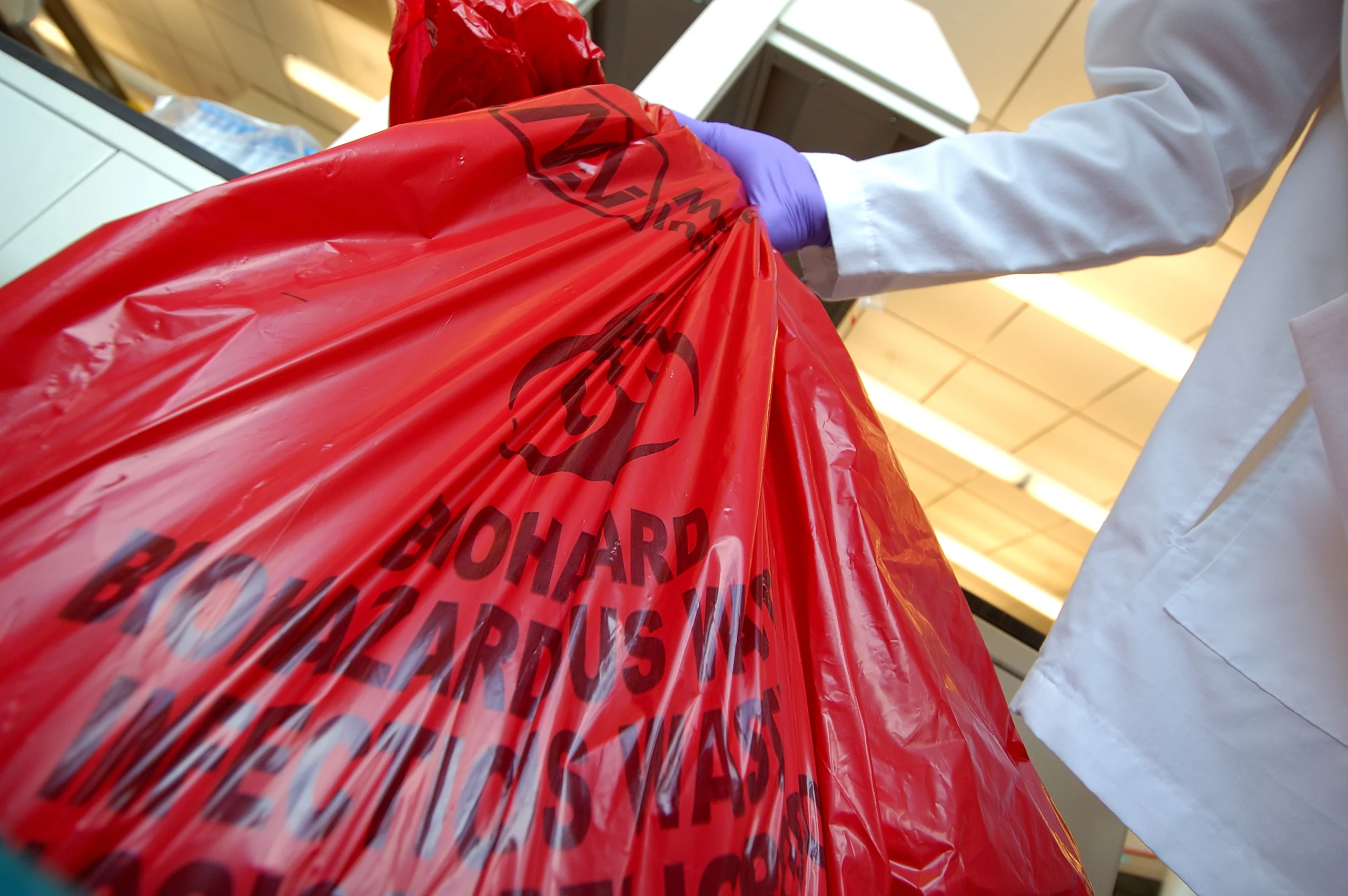
Ensure Your Success by Mastering Regulatory Compliance!
Applicable law frequently mandates medical waste segregation to ensure public health and environmental safety. Consequently, implementing a comprehensive medical waste segregation program is essential for healthcare organizations to avoid potential enforcement actions or legal repercussions. Adequate waste segregation can be complex due to the variety of waste types generated, including sharps, infectious waste, and hazardous materials.
Therefore, collaborating with a knowledgeable waste management provider can be instrumental in establishing a tailored and efficient waste segregation process that meets legal requirements and best practices.
When developing a waste segregation program, healthcare organizations must thoroughly review and adhere to state and local regulations that pertain to their specific facility type and operational processes. This includes understanding medical waste classification, appropriate disposal methods, and necessary staff training. By fostering a culture of compliance and safety, organizations can minimize legal risks and promote environmental responsibility and public health.
Optimizing Waste Management Costs for Increased Efficiency
Adequate waste segregation can significantly benefit healthcare organizations by helping them understand the volumes and types of waste they generate.
This understanding enables organizations to identify opportunities for reducing costs associated with waste disposal. Interestingly, approximately 85% of waste produced by healthcare facilities is classified as general municipal waste, which typically falls under minimal regulatory scrutiny.
In contrast, the remaining 15% consists of various types of regulated waste, such as hazardous materials, infectious waste, and pharmaceutical waste, which necessitate specialized handling, treatment, and disposal methods.
Healthcare organizations strategically segregate regulated waste streams from general waste to ensure compliance with environmental regulations and protect public health and safety. By implementing these practices and working with Secure Waste, you can reduce medical waste and increase efficiency.
Moreover, effective tracking and documentation of waste types allow organizations to optimize their waste management processes and prevent unnecessary expenses associated with overpaying for disposal services. By knowing precisely what waste types are being generated and in what quantities, healthcare organizations can negotiate better with waste disposal contractors and improve their sustainability efforts, ultimately leading to environmental benefits and cost savings.
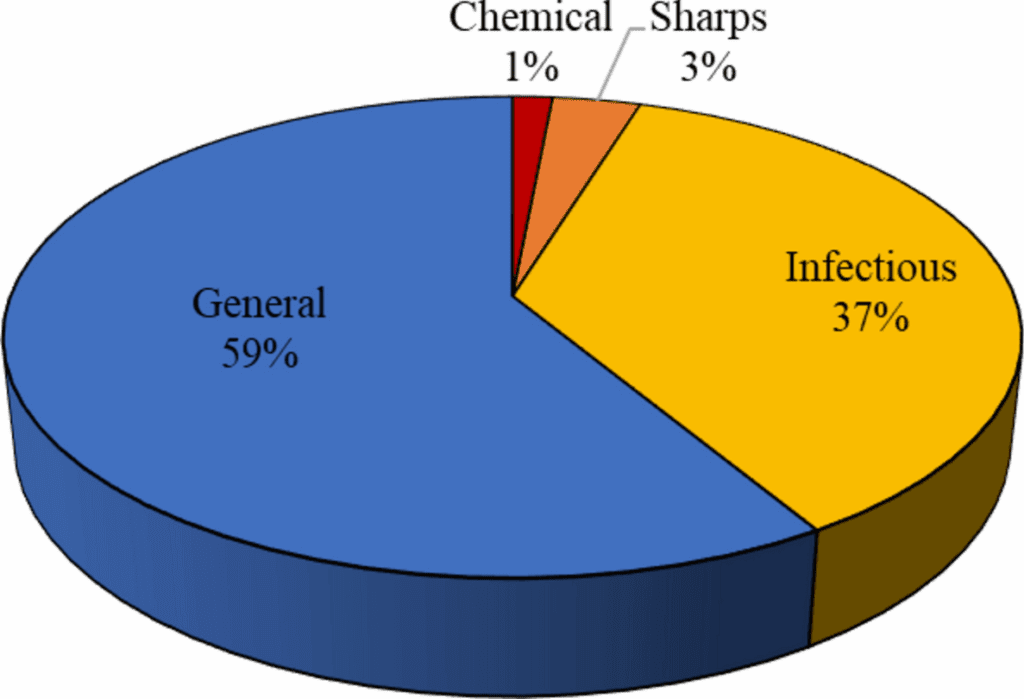
Promote Sustainable Practices To Alleviate Environmental Consequences
Improper waste segregation can lead to significant harmful environmental impacts. For instance, disposing of pharmaceutical waste down a drain, instead of properly segregating it for incineration, poses a serious risk. This practice can lead to active pharmaceutical ingredients leaching into surface waters and drinking water supplies.
Such contamination can have dire consequences, affecting human health—potentially leading to antibiotic resistance and other health issues—and harming terrestrial and aquatic ecosystems. Wildlife can suffer from exposure to these toxic substances, which may disrupt reproductive systems, affect growth, and lead to biodiversity loss among plant and animal species.
Healthcare organizations must take proactive steps to ensure that all waste streams they generate are accurately identified and appropriately managed to mitigate these adverse impacts and protect public health and the environment.
This includes implementing comprehensive waste segregation protocols, conducting regular staff training on proper disposal methods, investing in environmentally safe waste management systems, prioritizing recycling and responsible disposal practices, and incineration for hazardous materials.
By adopting these measures, healthcare providers can significantly reduce their ecological footprint and contribute to a safer and healthier planet.
Elevating Safety Standards for a Secure Future
Ensuring safety in the segregation and disposal of medical waste is paramount for frontline healthcare workers dedicated to providing safe and effective care.
Proper waste segregation is crucial in minimizing the risk of injuries and exposure to hazardous materials. For instance, when a used sharp object, such as a needle or syringe, is carelessly discarded in a standard trash receptacle, it can lead to serious needlestick injuries.
To mitigate such risks, it is essential to utilize a securely closable, puncture-resistant, and clearly labeled sharps container to dispose of used needles safely.
Healthcare organizations are responsible for safeguarding workers by implementing and maintaining a comprehensive medical waste segregation program. This protects frontline staff and benefits patients and non-clinical employees, including those in Environmental Services who play a crucial role in maintaining a clean and safe environment.
Employers must provide thorough training on the Occupational Safety and Health Administration’s Bloodborne Pathogens Standard, which outlines job-related risks and effective strategies for preventing workplace exposures.
Enhancing safety within the healthcare work environment fosters improved employee satisfaction, potentially leading to increased worker retention. With healthcare workplace burnout a significant concern, effective medical waste management could serve as a powerful tool to alleviate some of the stressors faced by healthcare professionals.
To further bolster individual safety, staff must adhere strictly to protocols, ensuring that all medical waste is disposed of in designated bags or containers specifically designed for hazardous materials. This commitment to safety is not just a regulatory requirement but a vital component in creating a healthier, more supportive workplace.
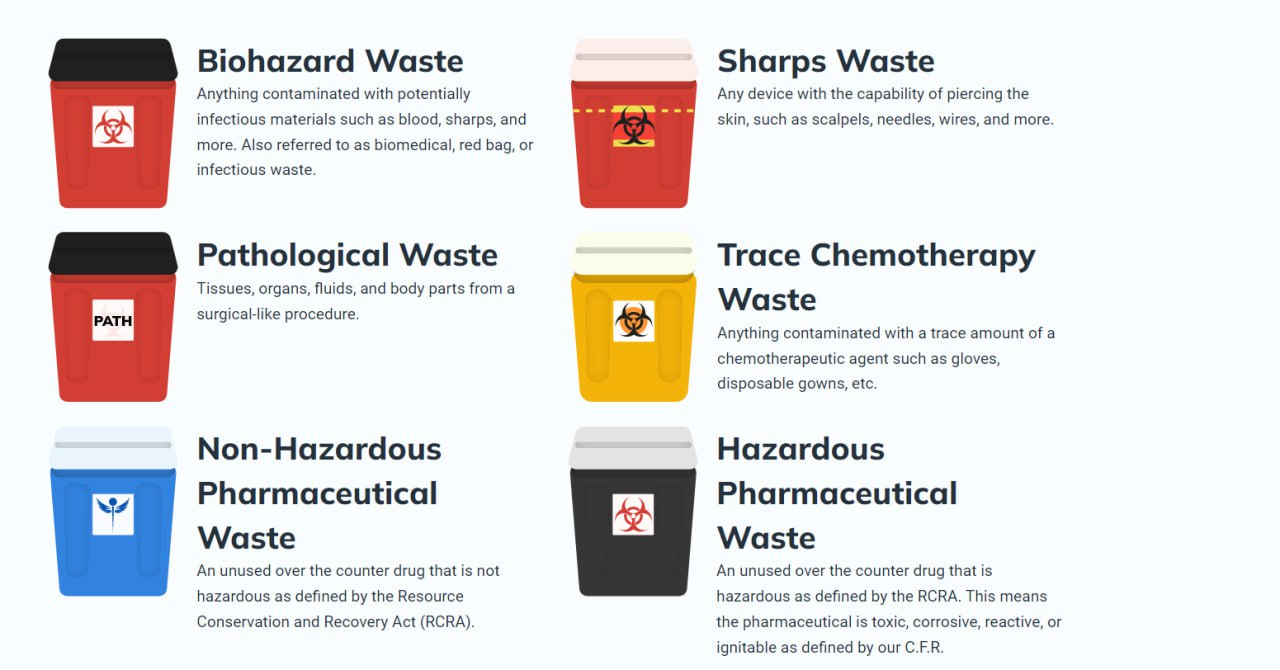
The Waste Segregation Process Is Crucial For Effective Healthcare Clinicians’ Waste Management
The color and kind of waste container most effectively illustrate medical waste segregation. This process entails classifying waste materials to enhance recycling efforts, minimize landfill use, and promote environmental sustainability. This organized method guarantees adherence to regulations and showcases a dedication to responsible practices.
Red Bags and Sharps Containers are Essential For Safe Waste Disposal
Red bags are specifically designated for disposing of non-sharp medical waste, including blood-saturated gauze, bandages, and other potentially infectious materials (OPIM). These bags are vital in healthcare environments, ensuring these materials are handled safely and effectively.
In contrast, red sharps containers are reserved for the safe disposal of used needles, blades, and other sharp instruments that may be contaminated with blood or OPIM. Proper disposal of these containers is critical to protect healthcare workers from the hazards of bloodborne pathogens and sharp-related injuries.
Missteps in disposal, such as placing sharp objects, electronic waste, or hazardous chemicals into a red bag, can pose serious risks to waste management personnel and their equipment and lead to non-compliance with health regulations.
Therefore, employees must be well-informed about what materials should be disposed of and in which designated containers.
Yellow containers and bags are allocated for the disposal of trace chemotherapy drugs. This waste is defined as any material contaminated through contact with chemotherapeutic agents or that once contained these potent substances, ensuring that handling such hazardous materials is conducted with utmost care.
Blue lid bins and containers are intended for disposing of non-hazardous pharmaceutical waste. While it is not mandated, the U.S. Environmental Protection Agency recommends segregating this waste for incineration rather than flushing it down the drain or discarding it in regular trash, thus minimizing potential environmental impacts.
Lastly, black containers dispose of hazardous waste, including hazardous waste pharmaceuticals. The materials placed in black containers will either be classified as listed waste or possess hazardous waste characteristics, such as being ignitable, corrosive, reactive, or toxic. This careful categorization is essential for maintaining safety and regulatory compliance throughout waste disposal.
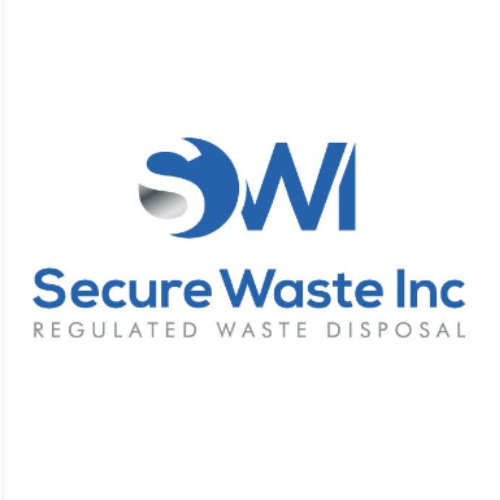
Expert Medical Waste Management: With over 25 years of industry experience, Secure Waste is a trusted local leader in hazardous and biohazardous waste disposal across Maryland, Virginia, and Washington, D.C. Specializing in medical waste management, sharps needle disposal, and biohazard waste removal, the company ensures full compliance with federal, state, and local regulations while prioritizing environmental sustainability.
The company also offers additional services, including secure document shredding and sharps container sales, providing comprehensive solutions for healthcare facilities and businesses. Our cost-effective services help clients maintain regulatory compliance without unexpected costs.
With a commitment to customer satisfaction, Secure Waste offers tailored waste management plans that align with industry best practices. Their team of experts provides reliable, timely, and compliant services, making them the preferred choice for medical waste disposal. For a free waste quote or more information, visit www.securewaste.net
